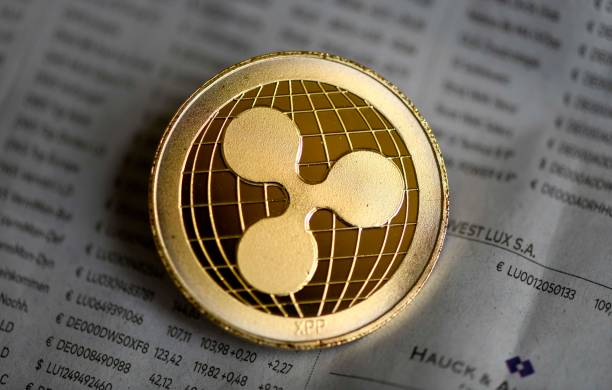Update April 22, 2:17 pm UTC: This article has been updated to include comments from Cato Institute analyst Nicholas Anthony.
The European Central Bank (ECB) raised an alarm over potential fallout from aggressive US support for the crypto industry, warning that a surge in dollar-backed stablecoins could destabilize Europe’s financial system.
According to a policy paper seen by Politico, the ECB has asked for a revision of the Markets in Crypto-Assets Regulation (MiCA) framework for cryptocurrencies just months after it came into effect.
The concern is that US reforms backed by President Donald Trump could flood European markets with dollar-denominated stablecoins.
The ECB fears this could trigger a flight of European capital into US assets, undermining EU financial sovereignty and exposing banks to liquidity risks.
“I do not believe the United States’ embracing cryptocurrency poses a threat to Europe,” Nicholas Anthony, a policy analyst at the Cato Institute’s Center for Monetary and Financial Alternatives, told Cointelegraph. “The ECB is desperately clinging to any justification it can to create the digital euro, but it has repeatedly failed to truly justify it.”
ECB and European Commission clash over MiCA rules
While the ECB called for tighter controls, the European Commission dismissed the warnings as exaggerated, per the report.
The report, citing two diplomats and one EU official, said that the existing MiCA framework is robust enough to manage stablecoin risks despite potential US policies like the Stablecoin Transparency and Accountability for a Better Ledger Economy (STABLE) and the Guiding and Establishing National Innovation for US Stablecoins (GENIUS), two bills aimed at expanding America’s crypto footprint.
“The Commission was quite clear that they had different views on this topic,” and “not very many (countries) supported the idea that we should now jump the gun and start making quick changes in (the rules) based on this alone,” one of the diplomats reportedly told Politico.
The stablecoin sector now commands a valuation of $234 billion, according to data from CoinMarketCap.
The ECB warned that European issuers could face redemption pressures from EU and foreign holders without stricter limits, potentially sparking a financial “run” and harming exposed institutions.
“The worry is warranted,” Mikko Ohtamaa, co-founder and CEO at Trading Strategy, said in a post on X. “However, the EU had the first mover advantage with the regulation and they screwed it up.”
Ohtamaa said no EU stablecoin is globally competitive due to MiCA’s restrictive rules, which are influenced by bank and legacy finance lobbying.
“Rapid legislative changes risk creating more uncertainty in a time where people need to know the rules of the road,” Anthony said, adding:
“Considering this call came amid the United States embracing cryptocurrency, it’s likely the ECB will seek to make it harder for financial innovation in Europe to take place. Once again, the ECB is moving in the wrong direction.”
Related: US regulator,s FDIC and CFTC, ease crypto restrictions for banks, derivatives
Tether remains a major critic of MiCA
Tether, the issuer of the world’s largest stablecoin, USDt (USDT), has long been a critic of the EU’s MiCA regulation.
Last year, Tether CEO Paolo Ardoino argued that MiCA’s requirements, particularly the mandate for stablecoin issuers to hold at least 60% of reserves in EU bank accounts, could introduce systemic risks to both stablecoins and the broader banking system.
Due to noncompliance with MiCA, USDT has faced delistings from major European exchanges, including Coinbase, Crypto.com and Kraken.
Magazine: Altcoin season to hit in Q2? Mantra’s plan to win trust: Hodler’s Digest











